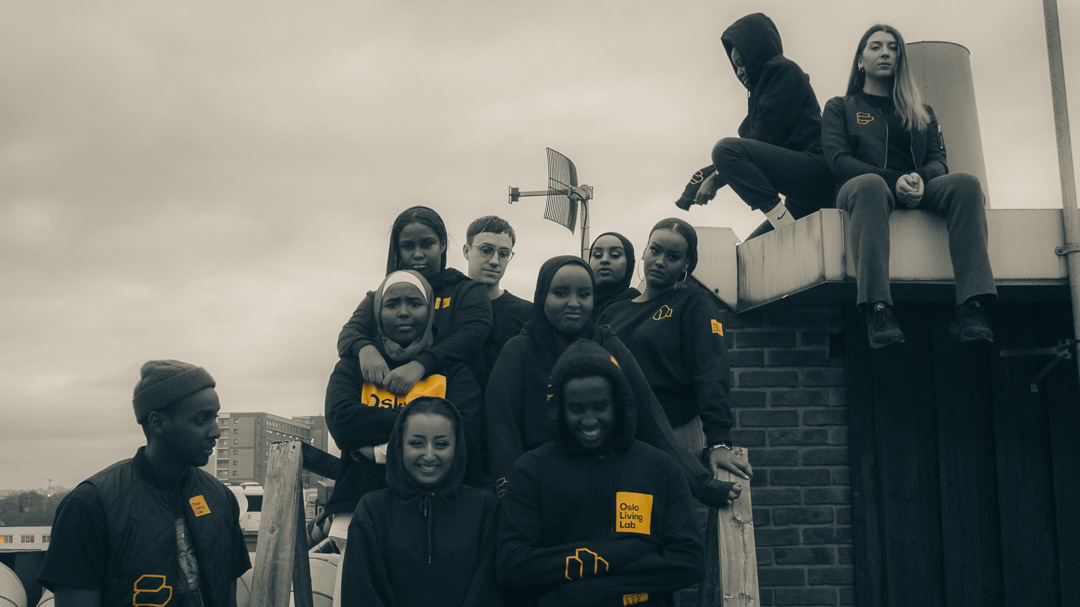
My role:
Since this was both me and Nikolai’s first full service design project, we did most of the work together, reflecting on our work as we went: Planning the youth workshops were done through discussion between us, and we both led and directed the youth during the workshops. The visual identity was a two man effort, with us passing sketches and files back and forth for iteration. Nikolai did a larger share of the physical building and crafting, while I did a larger share of the project website. In terms of the report, Nikolai did most of the writing, while I edited the layout and photography. Producing the report was our final effort, each crafting separate parts before assembly.